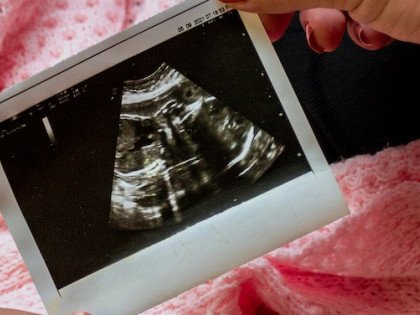The story claims that the findings demonstrate that E-cigarettes contain up to 10 times the level of cancer-causing agents in regular tobacco. Japan's Health Ministry commissioned the research and found elevated levels of carcinogens such as formaldehyde and acetaldehyde in vapour.
Naoki Kunugita, a researcher, said: “In one brand of e-cigarette the team found more than 10 times the level of carcinogens contained in one regular cigarette. Especially when the... wire (which vaporises the liquid) gets overheated, higher amounts of those harmful substances seemed to be produced.”
He went on to add that the formaldehyde detected varied between samples.
Earlier this year, Yumiko Mochizuki, chief of the Division of Tobacco Policy Research with the National Cancer Centre in Tokyo, said Japan should take immediate action to pre-empt an uncontrolled spread of e-cigarettes. His opinions on vaping indicate where the emphasis behind this research may have come from.
“Governments of the world have helped reduce smoking rates through bans on smoking in public places, bans on advertisements, higher taxes and other measures since the United States became the first country to officially recognize the negative health impact of smoking 50 years ago,” Mochizuki said.
“E-cigarettes have emerged through gaps of those measures and spread rapidly across the world. Many countries are being slow in regulating them and are leaving them readily available to minors. Japan should address the problem promptly before e-cigarettes gain full currency.”
The use of electronic cigarettes is on the rise in Japan, and the authorities are yet to define the product and its accessories, leaving gaping holes in the law and questions about regulations on sales and age limits for users. The Law on Prohibition of Smoking by Minors bans those aged under 20 from lighting up. But the National Police Agency said there is no consensus on whether e-cigarettes with nicotine should be legally classified as tobacco products.
What is known about the testing regime is that a machine took 10 sets of 15 puffs from 13 cartridges. Given Kunugita’s admission that elevated levels occurred when “the wire” overheated would lead observers to believe he was actually measuring full or partial dry hits and not ensuring a constant supply of liquid as found in the studies put forward by Doctor Farsalinos. In his article, Farsalinos compares the Japanese results to those by Moir et al that found SIX TIMES LESS.
"You call them e-cigarettes, but they are products totally different from regular tobacco," the ministry official said. "The government is now studying the possible risks associated with them, with view to looking at how they should be regulated."
It will be interesting to see the full details of how the research was performed, until then speculation will continue that they simply obtained the results they were looking for in order to support stringent legislation.
Dave Cross
Journalist at POTVDave is a freelance writer; with articles on music, motorbikes, football, pop-science, vaping and tobacco harm reduction in Sounds, Melody Maker, UBG, AWoL, Bike, When Saturday Comes, Vape News Magazine, and syndicated across the Johnston Press group. He was published in an anthology of “Greatest Football Writing”, but still believes this was a mistake. Dave contributes sketches to comedy shows and used to co-host a radio sketch show. He’s worked with numerous start-ups to develop content for their websites.
Join the discussion
Expert Reaction to Pregnancy Study
Experts have reacted to the QML study of impacts of vaping in pregnancy and comparison with smoking
Study: Vapes Help Pregnant Quitters
A new study from Queen Mary University of London finds that vapes help pregnant smokers quit and pose no risk of poor pregnancy outcomes
IBVTA responds to UCL study
The Independent British Vape Trade Association has responded to University College London research and said the findings show the Government’s smoke-free ambition is stalling
Cochrane Review Echoes Swedish Success
The Cochrane Review echoes the Swedish approach, finding less harmful alternatives like vaping are superior to other quit methods, says Smoke Free Sweden






-listing400.jpg)




